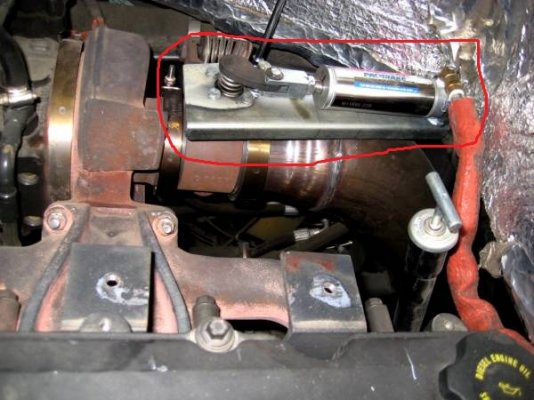howellad
Well-known member
Pretty new to this all but have a Diesel HP question. I have heard that a good rule of thumb is you need 10 HP for each 1000 lbs of weight you want to move, including your tow vehicle. An example I was shows was that for a motorhome with a GCWR of 38,000 lbs you should have a motor with at least 380 horsepower. (38000/1000 = 38 x 10 = 380). Anybody have any thoughts on this "rule of thumb". Thanks for any thoughts or idea about the size of a diesel engine you should have in a class A motor home.

